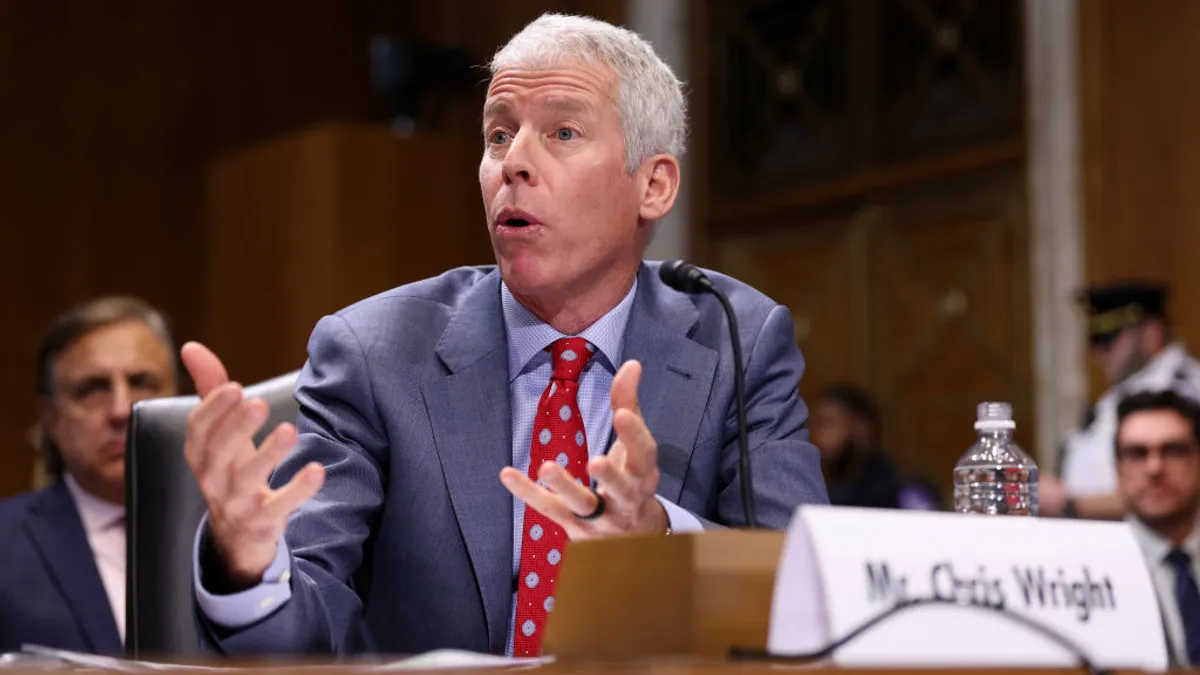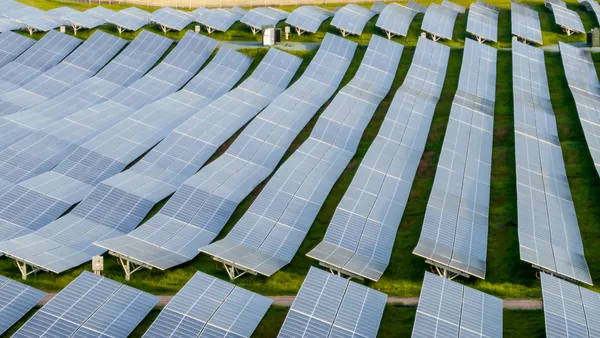As the world shifts to a cleaner energy future, corporate entities are increasingly looking to cement the additionality and net impact of their power sourcing, with some leaders looking to more closely match renewable production with load consumption. At the same time, such leaders have become increasingly astute in electrical power pricing and commodity risk, including the understanding of market volatility risk; not only around peak and off-peak, but specific pricing hours.
As solar photovoltaic and battery energy storage costs fall, one emerging solution is solar-plus-storage. The economic prospect of solar-plus-storage is particularly enticing in this moment as the Investment Tax Credit lowers the cost of both technologies and puts it on par with natural gas prices. "Clean energy portfolios (CEP), optimized combinations of WSS (wind, solar, storage) and demand-side management, are now similar in cost to new gas-fired power plants and can reliably meet grid needs", as reported in the Rocky Mountain Institute (RMI)'s 2019 report, The Growing Market for Clean Energy Portfolios.

With prices falling and demand for renewable energy increasing, there are solutions that might help meet business needs. One is a procuring a fixed block of solar power on a set schedule, with block intervals set at every 15-minutes or every hour, as has been traditionally procured by commercial and industrial entities in deregulated power markets for decades. Such blocks can eliminate the risks borne the power buyer, either directly or priced-in by its load-serving entity (LSE), by the short-term market exposures for shortages or overages against expected generation in a typical as-generated power purchase agreement (PPA).
Another solution is the use of storage co-located and charged by their solar facilities, which provides similar benefits of fixed solar-only blocks, but also the ability to fix those blocks in shapes substantially different than the average solar production profile.
Power markets can be challenging to optimally hedge around due to the riskiest market pricing hours. For example, August 2019 saw the ERCOT market hit its design cap price of $9,000/MWh over a few 15-minute pricing periods during a couple of sweltering afternoons. Physical hedging with solar plus storage may be more cost-effective for such highly volatile hours than financially hedging for that hour. Often hedges are procured for entire on-peak periods, which is all day-time hours during the work week (M-F). Much of the cost of those hedges are centered around just a couple of hours, such as the late summer afternoon hours in ERCOT. Selectively physically hedging around these most volatile hours can be a smarter and cheaper way to go in the long run.
Generation capacity is the market construct for paying generation resources to be available in the future to meet forecasted peak load. We have already seen utilities with internal considerations of generation capacity value, such as Arizona Public Service, Nevada Energy, and Western Farmers Electric Cooperative, procure power from solar-plus-storage projects to help ensure peak generation capacity. Thus, fixed blocks of solar plus storage can similarly offer generation capacity value in wholesale power markets. Awarded capacity payments via wholesale power market mechanisms, such as those offered in the eastern U.S., reduce the peak-shifted power block costs to the end buyers.
As corporations take the reins of their energy usage to make an impact on the renewable energy landscape, they are looking for the right solution for clean energy production to best fit their power procurement practices, and to be as precise as possible around commodity risk management. Fixed block of solar plus storage supports both interests.
Contact us to learn more about our solar plus storage solution for your power procurement needs.









